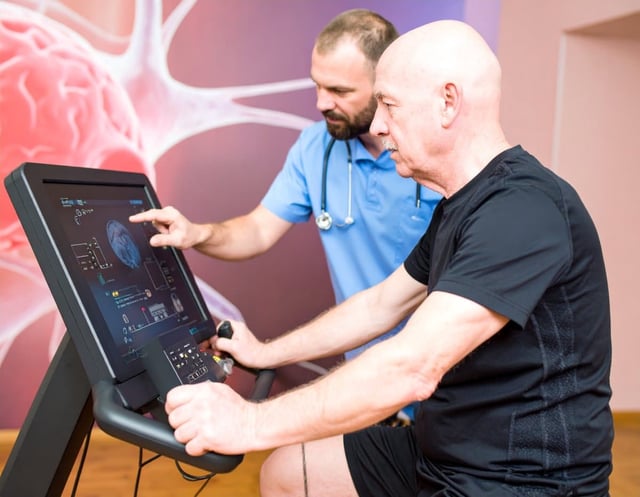Overview
- Participants with Parkinson’s and implanted second-generation DBS devices completed 12 adaptive cycling sessions over four weeks that adjusted resistance to maintain 80 rpm.
- Analysis of subthalamic nucleus recordings revealed no immediate effects but showed measurable restoration of motor-control signals only after the full cycling regimen.
- Lead investigators Aasef Shaikh and Prajakta Joshi say these findings point to network-level neuromodulation extending beyond the implanted electrode regions.
- Patient volunteers reported notable improvements in gait, walking endurance and energy levels alongside the observed neural changes.
- The research team plans expanded trials to map upstream and downstream pathways and to develop personalized, exercise-based rehabilitation strategies.
